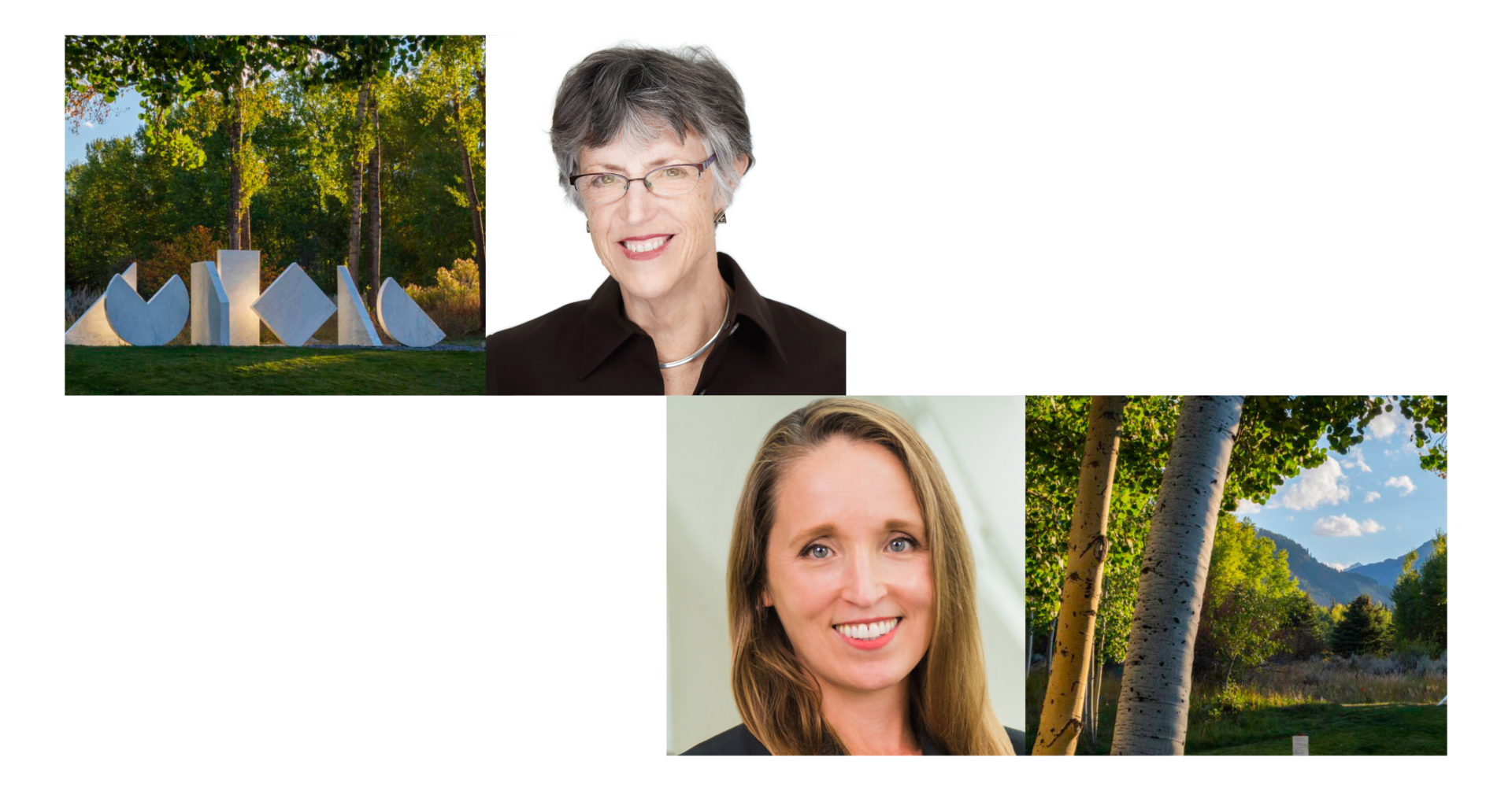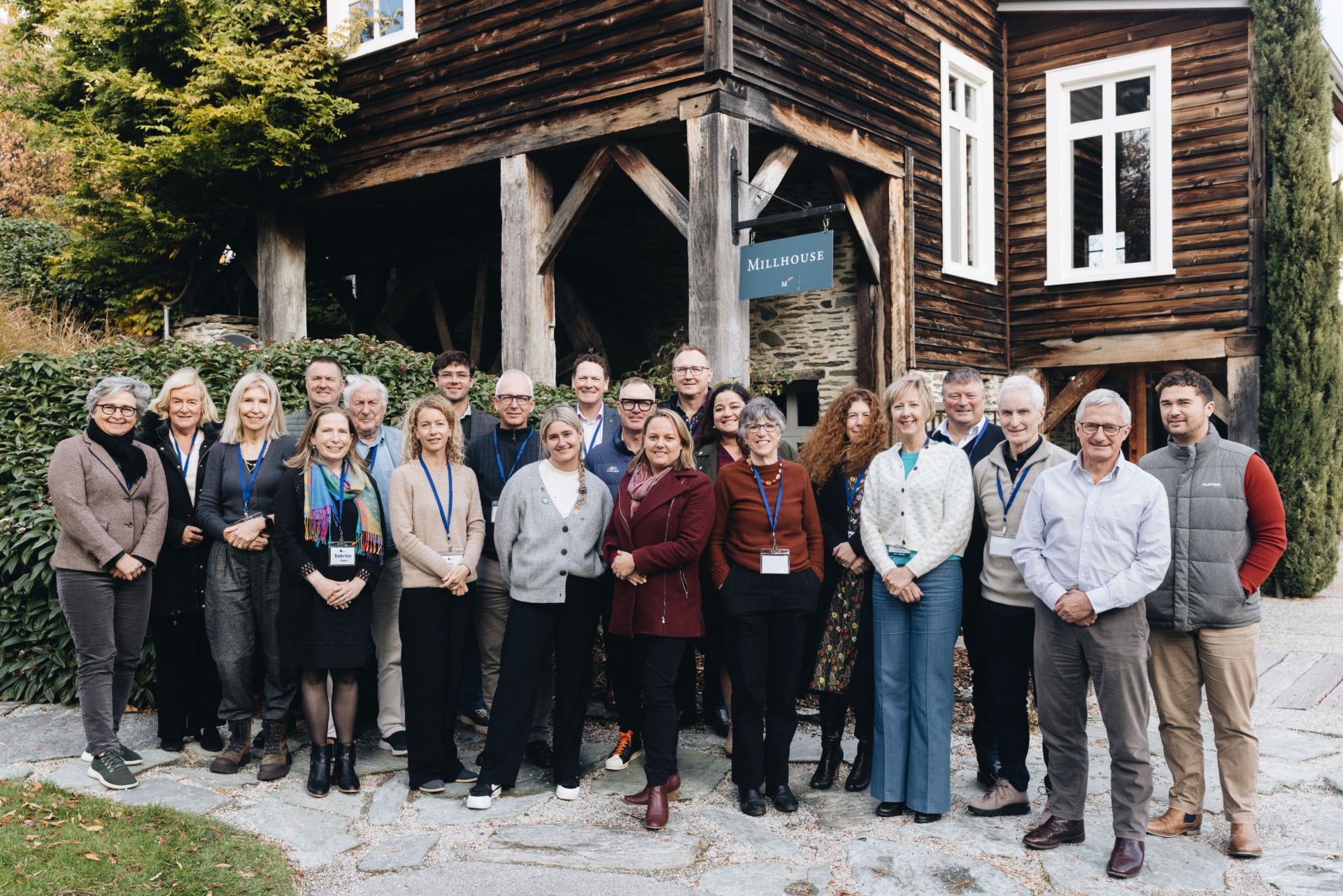This post is part of a series of interviews with thought leaders to explore issues on the frontier of the complex domain of ESG.
![]()
The dramatic sight of skies across North America darkened by wildfire smoke this spring is another reminder of the urgency of action on climate change. Yet, the last two years have raised a new test for the energy transition in the court of public opinion: how net-zero ambitions balance against energy security. As the International Monetary Fund (IMF) reports, concern for energy security—having sufficient supply to meet demand—is now at the top of the agenda for policymakers across the world. As the supply of fossil fuels has tightened, in part due to Russia’s invasion of Ukraine, questions loom about clean energy’s readiness to fill the gap. Calling the mismatch of demand and supply the “first energy crisis of the green transition,” the IMF warns that a failure to find a solution could undermine public support for the energy transition.
Ensuring the correct match of supply and demand to keep public support strong for the clean energy transition is top of mind for Katherine Neebe, Chief Sustainability & Philanthropy Officer at Duke Energy, a Charlotte, NC-based electrical utilities provider serving some 8.2 million customers, primarily in the southeastern US.
In 2019, Duke Energy set a goal of at least a 50% carbon emissions reduction from electric generation and net-zero carbon emissions by 2050; in 2020 the company expanded its operational focus with a commitment to net-zero methane emissions by 2030. Last year, Duke Energy added emissions across the value chain to its focus, and today, 95% of the company’s calculated greenhouse gas emissions are encompassed in its net-zero goal.
The commitments are “a north star that guides our strategy,” says Neebe. And she is clear-eyed about the complexity it entails. “The challenge is as much about social impacts as it is an engineering challenge,” she says. “It’s how do we maintain energy affordability, particularly for people who are struggling today? How do we maintain reliability, which becomes much more nuanced as you start having distributed sources of generation across the system. each of which operates intermittently—or at different times of the day and not always consistently?”
The Aspen Institute’s Business and Society Program Executive Director Judy Samuelson spoke with Neebe about the magnitude of Duke Energy’s social responsibilities, and about the hard realities of serving customers reliably and affordably while repositioning the business and its workforce for a cleaner future.

Judy Samuelson: Let’s start with the big picture: What’s it going to take to upgrade the electrical grid and make this energy transition?
Katherine Neebe: There’s a huge amount that needs to happen to modernize the grid. The grid was initially designed to rely on large power plants to generate electricity with transmission and distribution getting that energy to customers. In the US, the energy generation depended on a lot of fossil fuels. You had these massive plants that ran all the time to supply that baseload power. And then you had other sources of energy that you could dial up or dial down based on the energy needs on the system at any given time. It was really set up to generate the amount of energy that was needed at the right time at the right level, all based on some fairly predictable patterns of demand.
Think about the energy system of today—and tomorrow. On the supply side of the equation, you’ve got coal power plants that are being retired and carbon-free nuclear, which provide baseload generation. And you’re also adding in natural gas as well as wind and solar. And it’s not as if all these diverse sources of energy supply are located in the same place as before; you’re bringing generation online in some new places, retiring it in others. You’ve got multi-dimension power generating, some of which you can control, some of which is dependent upon factors beyond the utilities’ direct control. In other words, the grid must evolve as the supply side changes.
And that’s just the supply side of things. The demand side today (and definitely tomorrow!) is much more complex than it was in the past. Why? Well, think of our new ways of working post-pandemic and frankly that we live in an always-on economy of digital devices and electrification. That means people are demanding more from the grid at different hours and in less predictable ways than in the past. Now imagine what the demand looks like in a few years. For example, think of a future where electric vehicles are even more widespread than today. Imagine a fleet of 500 electric trucks. Our customers may be plugging in those 500 trucks at 9:00 PM in an entirely new location on our system, demanding energy at a time and in a place that is completely new. The grid needs to modernize to respond not just to the supply changes but also the shifts in customer demand and behaviors.
JS: So, energy generation and demand are going to look considerably different in the near- and long-term future. How is Duke Energy preparing for this transition?
Neebe: Over the next decade, we have a $145 billion capital plan; 85% of that is going toward our clean energy transformation. And the lion’s share of the 85% is going directly to modernize the grid so that it’s ready.
Then as we consider the clean energy transformation, there’s also the important discussion of what is the optimal mix of generating technologies. You could speak to a hundred experts about what the energy generation mix will look like in 2050 and you’ll get a hundred different answers. It’s a bit like picking a bracket during the NCAA tournament where everyone will have picked slightly different teams.
At Duke Energy, the future includes a diverse energy mix; there’s no going back to the comparatively simple mix of the past. With the clean energy technology available today, most utilities can get somewhere between 70% to 85% of the way toward net zero, but we’re all going to need some next-generation technology to get all the way to net zero. A lot of these technologies are being piloted today. We just need them to be commercialized, scalable.
It’s going to require something like three times the amount of transmission that you see today, in order to account for shifting supply sources. And, we’re leading the largest planned retirement of coal in our industry; we’re targeting coal to represent less than 5% of generation by 2030 and by 2035, pending regulatory approval, and will have retired 16 gigawatts of coal across our system.
JS: When it comes to customers, what are some of the more important considerations?
Neebe: Affordability and reliability are paramount. We need to think about access to reliable energy but also how to make it affordable for all consumers. As an integrated and regulated energy provider, we’re incredibly well positioned to mitigate costs while at the same time ensuring energy access. And we are constantly looking at how we can give people more control, more visibility of their energy usage so that they can more easily navigate costs in real time. For example, we have helped connect customers to nearly $300 million in energy assistance over the past two years and have created a team dedicated to working with more than 1,400 community assistance agencies to improve the experience dispersing these important funds. A new online portal allows assistance agencies and local partners faster access to the information they need when a customer requests help.
JS: We’ve been talking about supply and demand from the consumer point of view. I want to pivot now and ask: as you shift away from coal, what are the implications to communities and workers, and how are you thinking through that?
Neebe: Our employees are top of mind as we move forward with the clean energy transition. Today we have around1,500 workers in coal facilities. And we have learned a lot about what it takes to successfully retire a facility. We’ve already retired 7,500 megawatts of coal, roughly 56 units. In each case, we were able to find a place for everyone who wanted to continue working at Duke Energy. As we look to the future, we need to be incredibly thoughtful. Who wants to stay with the company? What do those opportunities look like? How do we create multiskilling opportunities to retrain that workforce so that they can find that next opportunity?
We are also keeping our communities top of mind in the transition. If a coal plant is being retired, we think about what replacement generation looks like and how many second-order jobs are affected in those communities. The key thing is to invite the community to be part of the conversation about what comes next; thinking through the implications and the next steps with their feedback and input is essential. We’ve got to have a consistent framework for how we solve for retirements, but also tailor it based on the unique characteristics of every community.
And I should add: this isn’t entirely a conversation about mitigating loss—it’s also about investing in the future growth opportunities of these communities. We recently led a study looking at our $145 billion capital spend and worked with EY to delineate the benefits. EY found that our $145 billion in capital spend translates to a $250 billion positive economic output—this is job creation, property taxes and other impacts. In other words, our success continues to lead to the success of our communities.
JS: What do you say to those who accuse Duke Energy of not moving fast enough and not fully embracing renewables?
Neebe: For us to move forward, we’ve got to confront the reality of what needs to happen and figure out the Key Performance Indicators we’re going to optimize. From where I sit, having worked on social and environmental change for most of my career, I know that if we design a system that people can’t afford, we don’t move forward. If we make it so that people don’t have access to energy when they need it, we don’t move forward. It’s about a balanced pace of change and we move forward when we optimize against affordability, reliability, accessibility, and clean. It takes time to work through all of the complexities. But we stay focused on these challenges every day.
The stakes are high for any company committed to making the clean energy transition. As Duke Energy takes the giant steps necessary to move forward, it’s moving thoughtfully to ensure the social transformation is as prudent and comprehensive as the technological one.
![]()
This post is part of an interview series with thought leaders to explore frontier issues in the complex domain of ESG. These issues will be explored in Aspen at the Aspen ESG Summit from July 11-13, 2023.
SUBSCRIBE TO OUR MONTHLY NEWSLETTER!
Want more insights like these on business and the health of society? Sign up to receive thought leadership and updates from the Business & Society Program each month!

